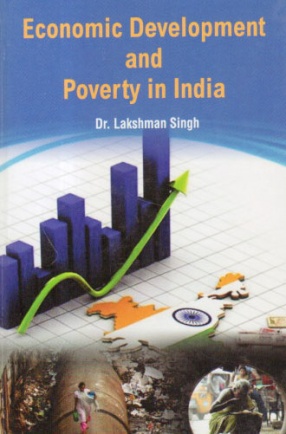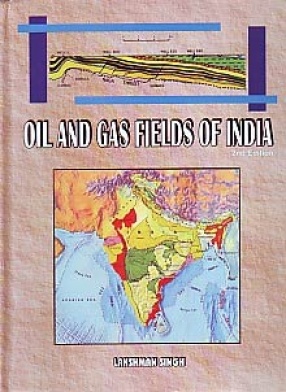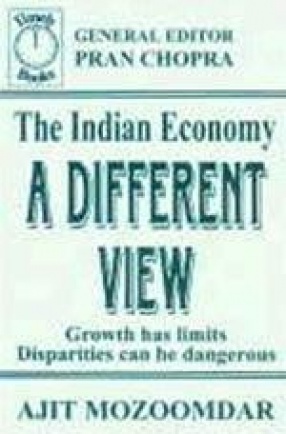Despite the country’s meteoric GDP growth rate (about 9%), poverty in India is widespread, and a variety of methods have been proposed to measure it. Whether economic growth necessarily reduces poverty has been a controversial issue. As pointed out above, it was first generally believed that benefits of economic growth would trickle down to the poor and thus alleviate poverty in the economy. This trickle-down effect of economic growth was thought to operate through an increase in employment opportunities and rise in real wages as a result of increase in productivity of workers. Moreover, the impact of economic growth on poverty reduction also depends on to what extent it is accompanied by inflation. Inflation determines the purchasing power of money wages and incomes earned by the poor people. This book would be of immense help to the academicians, researchers, students, policy-makers and the general public interested on the latest development of the Indian economy.
Contents: Preface. 1. Education for development: India in the Asian perspective. 2. Rural poverty in Indian states. 3. Urban poverty. 4. MGNREGS and eradication of rural poverty in India. 5. Jobless growth in India’s organized manufacturing. 6. Dualism informality and social inequality. 7. Rethinking social protection for India’s working poor in the unorganized sector. Bibliography. Index.








There are no reviews yet.